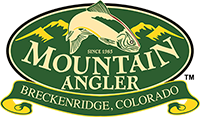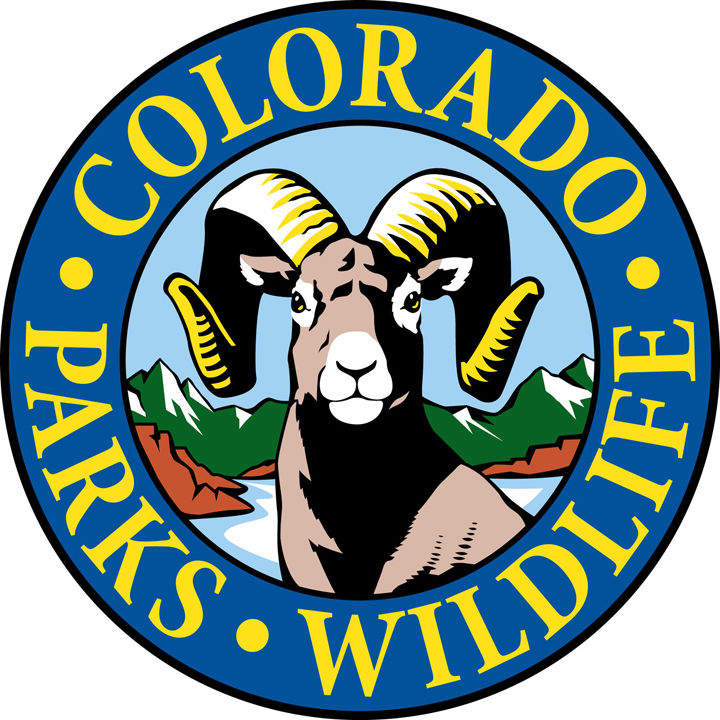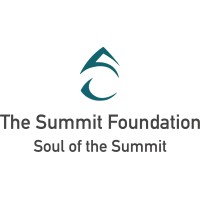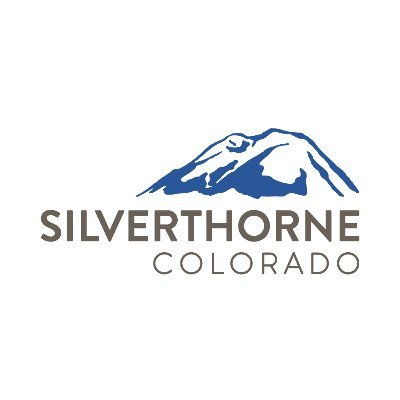-
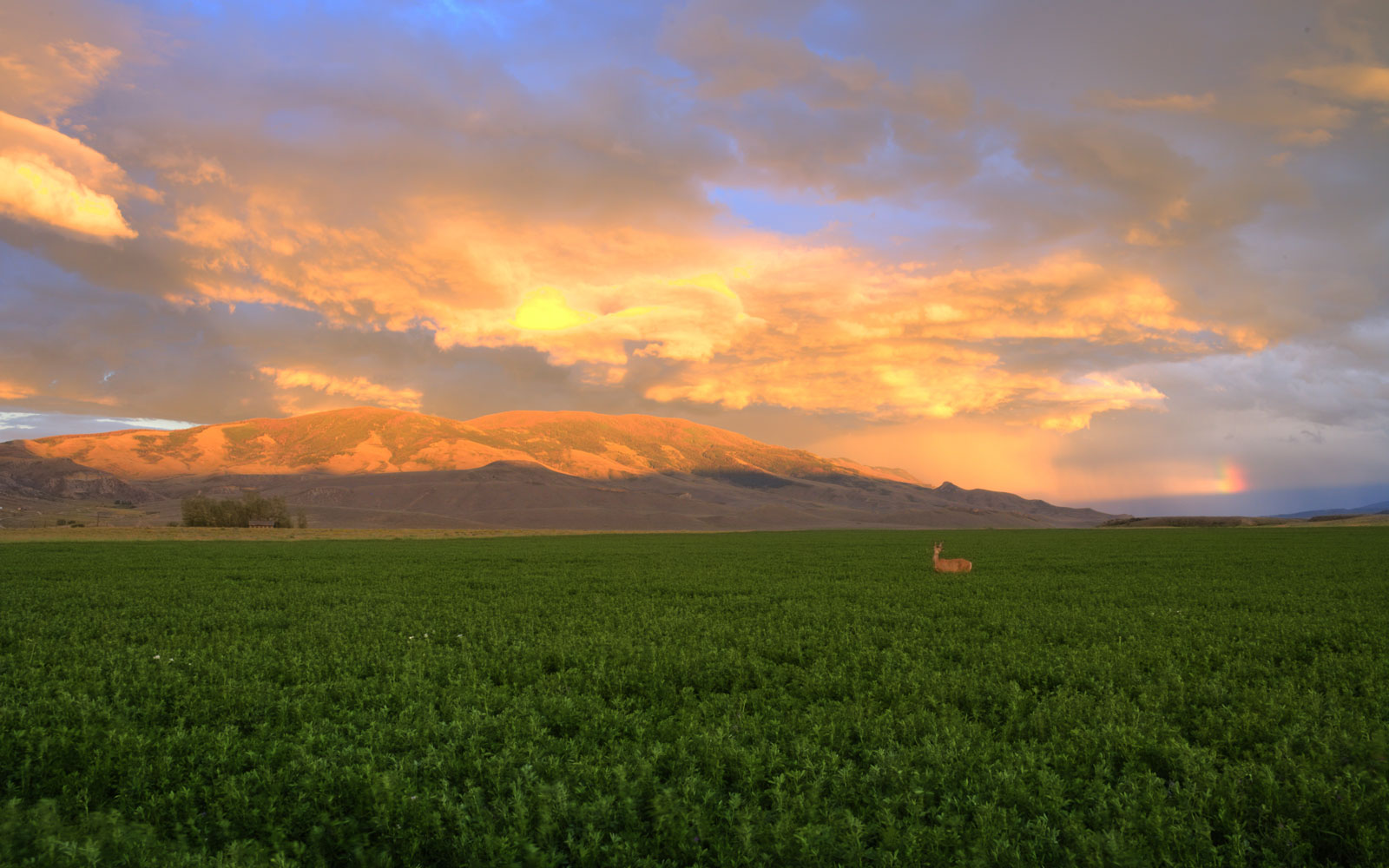
The Blue River Valley
Meanders down the highway 9 corridor, North of Silverthorne
-
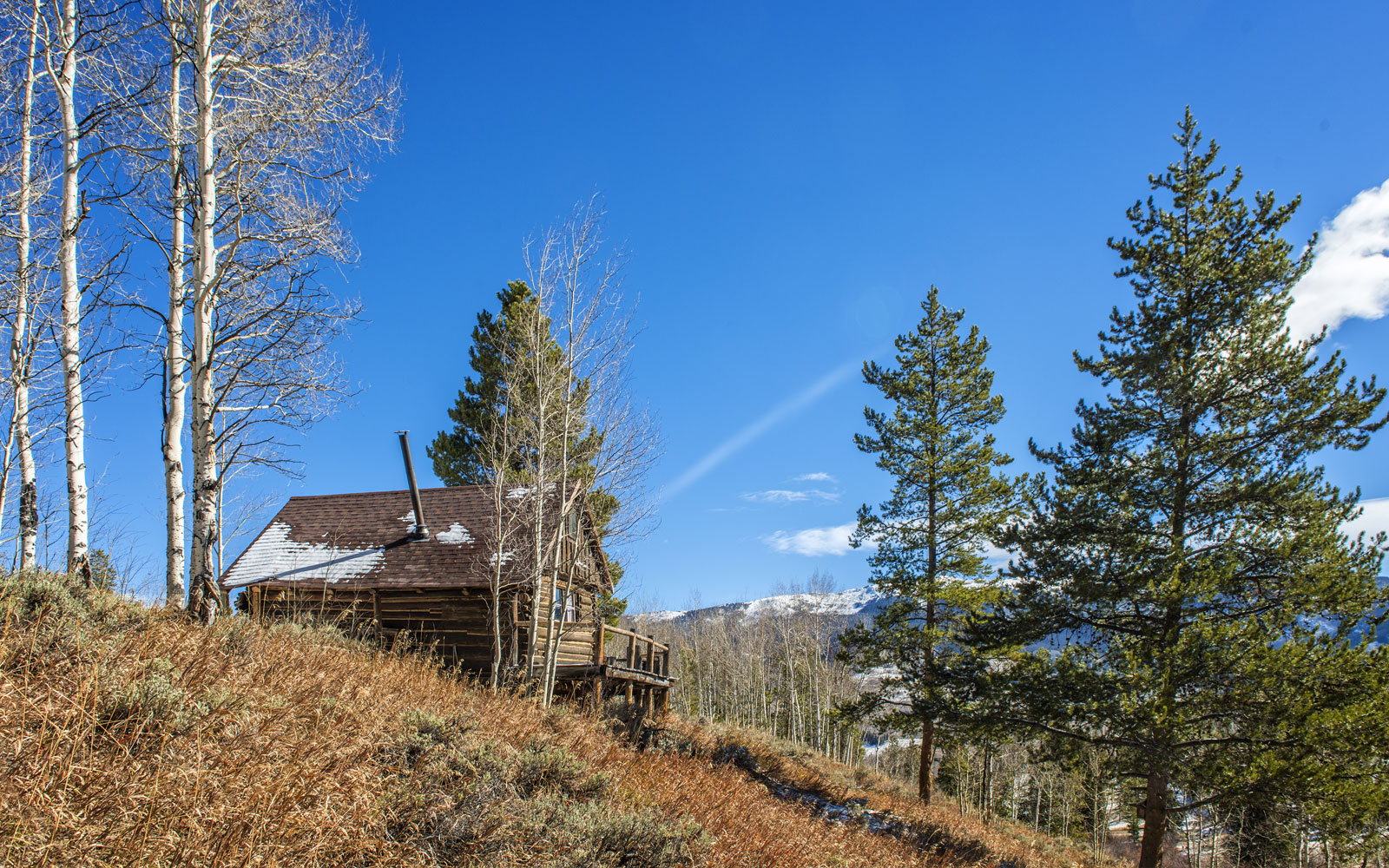
Beautiful Colorado
Education, Collaboration & Community Involvement.
-
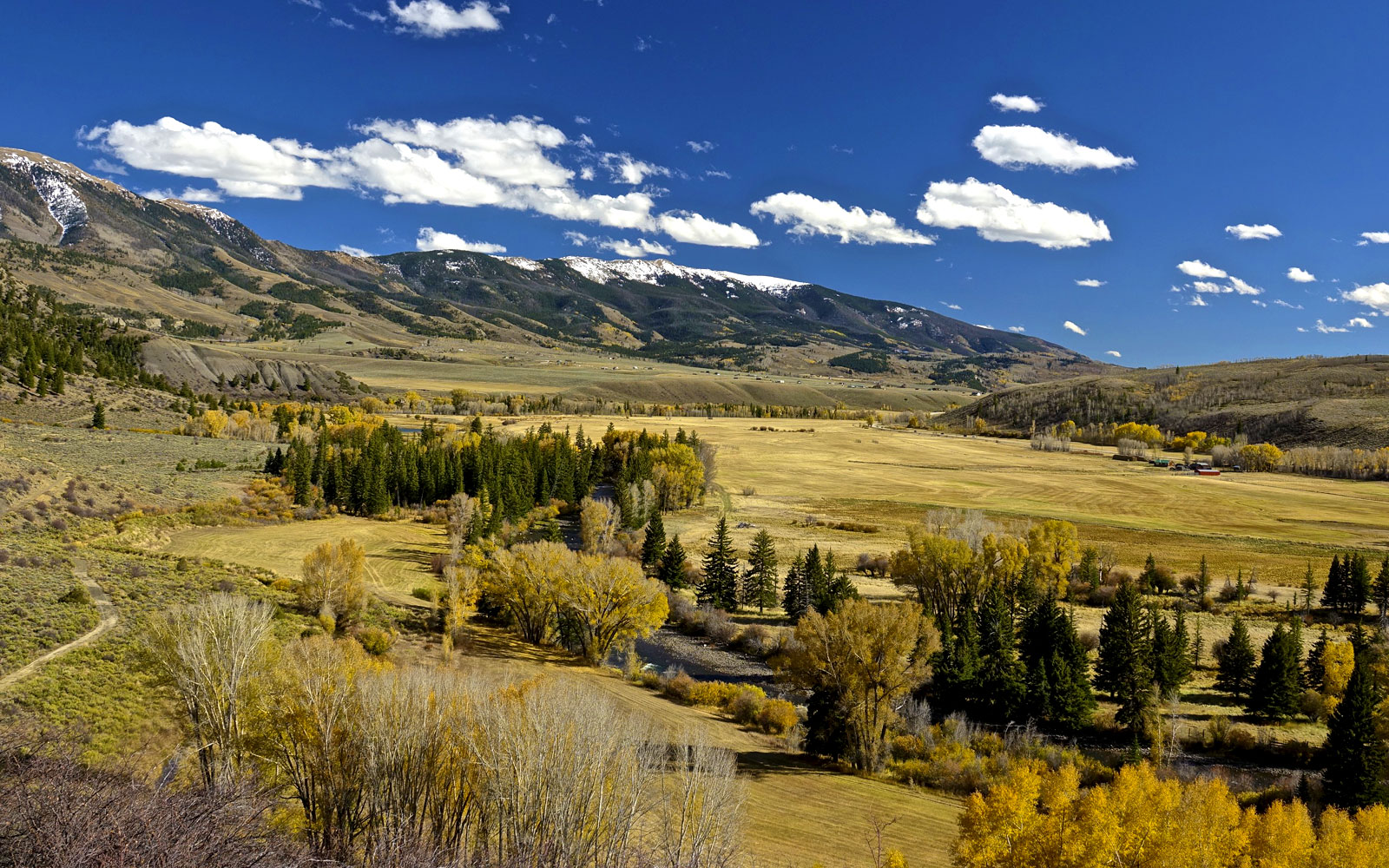
Environmental Integrity
Promoting the safety for residents, livestock & wildlife.
-
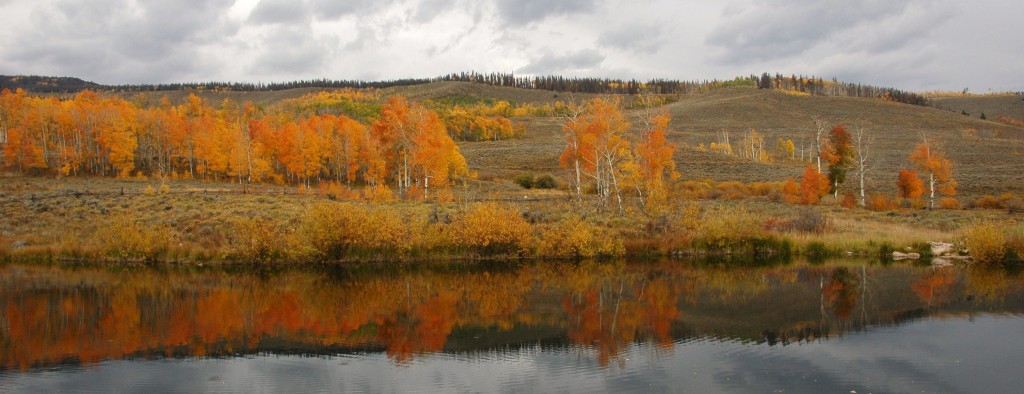
Unspoiled National Forest
Maintaining the rural character, quality of life, and the environment.
-

Our Mission
To protect the traditional agricultural character of the Valley.





















